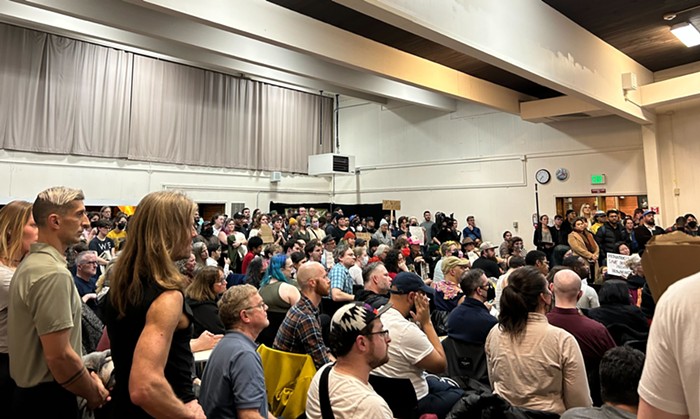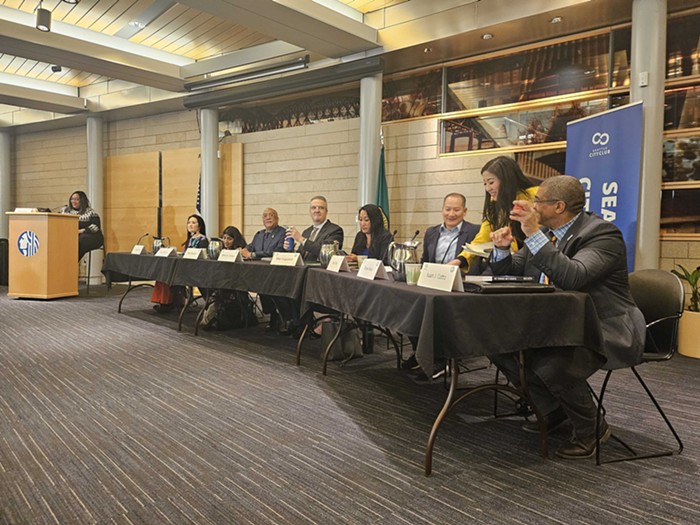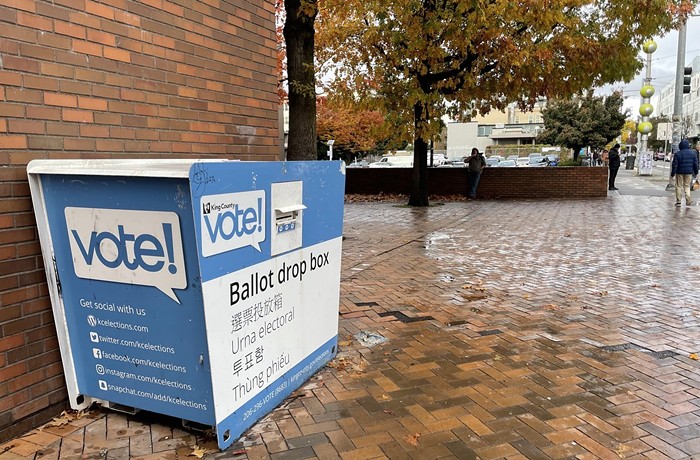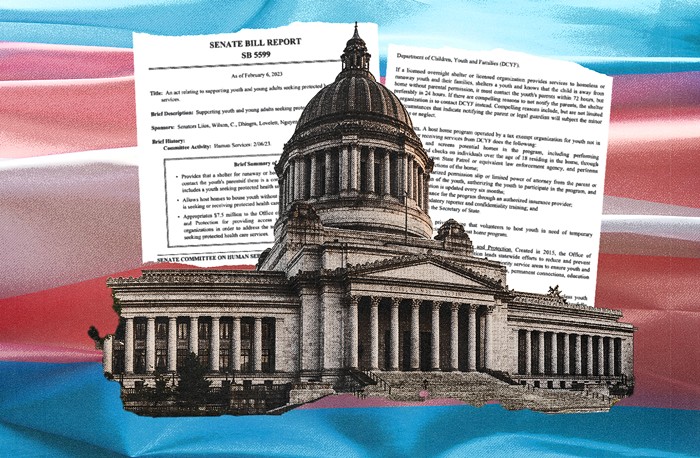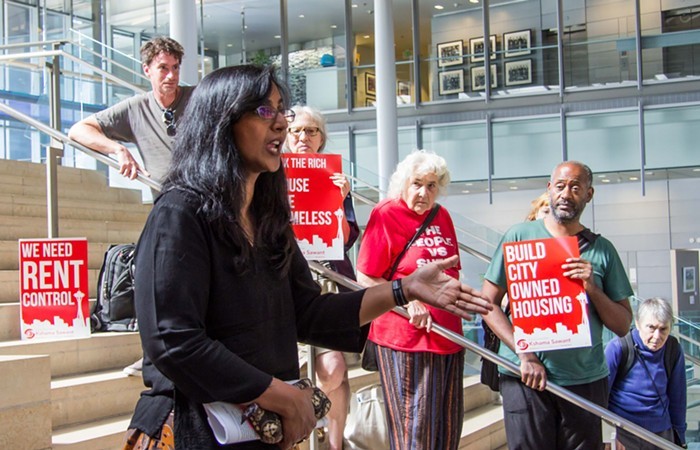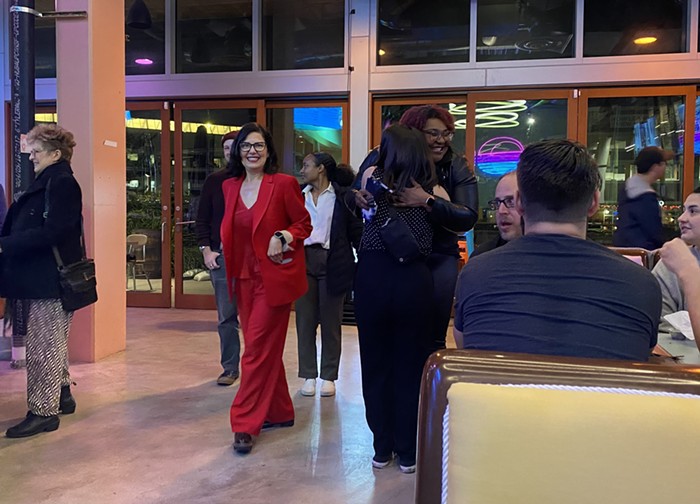Ben Schiendelman writes for Seattle Transit Blog and actively participates in Seattle transportation politics.
Last July, a volunteer from Streets For All Seattle, a coalition working on the city’s transportation infrastructure investments, asked the Greenlake Community Council (GLCC) to support their goal of making walking, bicycling, and transit the easiest ways to get around Seattle. It was part of the group's vision to raise $30 million in new, dedicated annual revenue for pedestrian, bicycle, and transit infrastructure. The GLCC voted 25-5 in favor of endorsing these goals.
So why is the chair of the GLCC, Michael Cornell, now spreading the myth that there’s a "war on cars" and attempting to advance an agenda that contradicts the organization he was elected to represent?
Of course, like nearly every other Seattle neighborhood, Greenlake’s neighborhood plan contains the goals of “significantly improving public transit” and “making walking and biking safer and easier.” These goals were developed like all of Seattle’s neighborhood plans—through a lot of meetings—and they reflect the values of our neighborhoods and our city. Cornell attended the meetings and witnessed firsthand the overwhelming support this vision of Seattle. And one would assume that he’s familiar with Greenlake’s neighborhood plan.
Yet, at a GLCC meeting this January—and I’m paraphrasing here—the Community Council Chair introduced Tom Rasmussen, Chair of the Seattle City Council’s Transportation Committee as, “the man involved in the war on cars. ” But I'm not paraphrasing when he's quoted saying at the meeting that “bicyclists are militant and looking to cause a conflict whenever they can.”
Then, earlier this month, Cornell began organizing an effort to recall Mayor Mike McGinn in response to the mayor's transportation policy, calling it a “war waged on people who drive cars.”
Sorry, there’s no war going on in Seattle.
There’s a war going on in Misrata, Kabul, and Baghdad. But in Seattle, we’re busy waving people through four-way stops when we drive up at the same time, riding our bikes, taking the bus, and—for better or for worse—going to meetings.
The Mayor’s transportation policy is hardly outlandish and shouldn't be controversial. It's attempting to implement the very same vision expressed in Greenlake’s neighborhood plan, nearly every other neighborhood plan in Seattle, and the City’s Comprehensive Plan.
And it’s more than folks in Greenlake who share a vision of Seattle where walking, biking, and transit are the easiest ways to get around.
A recent poll of Seattle voters found that—when asked if they support spending more transportation funds on investments in transit, bicycling, and walking—57 percent said yes, only 28 percent said no and the rest weren’t sure. When asked if, given limited funds in the city’s current transportation budget, they would support greater investment in transit, bicycling, and walking if it meant fewer dollars were available for auto-oriented projects, 49 percent said yes, 34 percent said no, and 16 percent weren’t sure. And, when asked if they supported changes in the configuration of Seattle’s streets that make mass transit, walking and bicycling safer and easier (think Stone Way, Elliott Way, Nickerson St, and Fauntleroy Way), 62 percent said yes, 25 percent said no, and 13 percent weren’t sure.
That’s not a war on cars—that’s simply a city that supports all of the basic modes of transportation that we use to get around.
Nobody is trying to take away anyone’s car. There’s only a city attempting to build a transportation system that reflects what the majority of Seattle residents want.
But the media is complicit in stirring up hysteria and trying to create a story where none exists by giving a platform to people like Cornell, pushing a fake "war on cars" agenda radically inconsistent with the values of the majority of Seattle voters.
